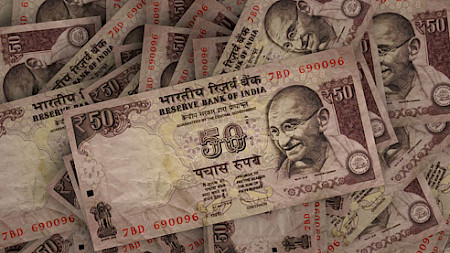23.12.2025, 11:19 Uhr
Die Beteiligungsgesellschaft Xlife Sciences will vom KMU-Segment Sparks ans Hauptsegment der Schweizer Börse SIX wechseln. Die SIX will dennoch am KMU-Angebot festhalten.


The latest GDP data highlights the Indian economys resilience against the economic concerns emanating from China. Craig Botham, Emerging Markets Economist at Schroders, comments the current economic situation of India.
Indian GDP was stronger-than-expected in the second quarter, growing 8.2% year-on-year (y/y) in a further acceleration from the 7.7% recorded in the prior quarter. While this cements Indias position as the fastest-growing major economy, it is flattered somewhat by a weaker base (i.e. the considerably lower growth seen in the same 2016/2017 period) and a deceleration seems likely next quarter, states Botham. On a quarter-on-quarter basis, growth actually decelerated.
On an expenditure basis, the acceleration was led by private consumption picking up to 8.6% from 6.7%, and exports accelerating sharply to a 12.7% y/y growth rate from just 3.6% previously. Meanwhile, government spending cooled from a very strong prior quarter and investment also pulled back. Though 10% y/y growth is still strong by the standards of the last two years, it is important, according to Botham, that India does not slip back into the habit of reliance on consumption over investment for growth.
India is able to withold a global trade slowdown
Botham is hopeful that growth, though likely to slow slightly from here, will remain supported by better credit provision as the banking sectors issues are gradually addressed. Fiscal policy is also a positive for the time being, at the cost of overshooting the fiscal deficit target. Meanwhile, though trade tensions continue to escalate, he would note that India is one of the better-positioned emerging market (EM) economies to weather a global trade slowdown. The countrys reliance on exports is one of the lowest amongst EM economies, and in general seems resilient to economic shocks emanating from China.